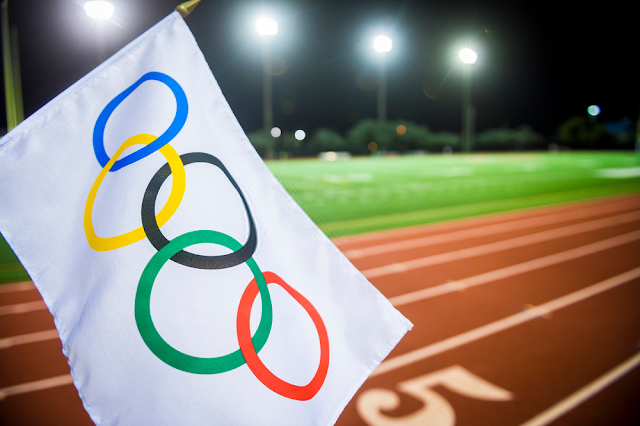How professional sport hinders the youthful sports culture
The recent spate of incidents and reports of doping, match-fixing and television coverage of betting, alcohol and junk food advertising has sparked considerable debate over the impact of commercialized sports on Australian youth.
Researchers have clearly shown how the rise of Australian commercialized sports coincided with an increase in obesity and physical inactivity as well as a small increase in youth participation in sports. However, the relationship between commercialized sport and junior sports has largely been left to the periphery of any analysis.
Participation in junior sports
Australia has both a unique and a rich legacy of junior sports, consisting of school and community sport.
In most other countries, junior sports are promoted either at school or in the community. This "either / or" approach can mean that children fall through the gaps. In Australia, participation was historically very high due to the twin track approach of the school and community.
The school sports system is currently under pressure. There is a significant drop in participation, particularly in the public school system, as this is not required in the Australian National Curriculum.
There are several indicators that show the decline in youth participation in sport.
A relevant example is the decline in swimming education, which the YMCA associates with the recent increase in drowning rates during vacations. There have been compulsory swimming programs in state education systems since the 1890s, but these are currently in decline. These programs underline the historical importance of schools for the short and long term habituation of sport.
ABS figures and other reports show that nearly 40% of students do not do sports outside of school.
Classicism and youth sports
Therein lies a compound class problem. In many private schools, sport is very important. This encourages students to make physical activity a central part of their lives. However, this is not the case in many public schools.
At the grassroots level it does not look much better. Participation in most sports is not cheap and parents make significant financial sacrifices to enroll their children.
The NSW Labor Department member Ron Hoenig recently called for a parliamentary inquiry to investigate the cost of football lessons, which remains the highest in Australia.
Rugby League and Australian Rules Football have the lowest entry fees, but are not for everyone. This means that many children miss their favorite sport at school because it is not offered or because it is priced out at the community level.
Professionalization of junior sports
The decline in grassroots sports is not just about the cost. The junior community sports system has been professionalized, and the main sports see it primarily as a function of talent identification and / or early specialization with a focus on the competition.
In light of this central goal, the meager amount of money that goes into the youth field focuses on the motto: "Can the coach identify the next champion?". While it would be naive to say that this was not the case in earlier eras, it is omnipresent in modern times.
The Best Afast Company In The World.
All major Australian sports have "Talent Identification Programs", "Elite Athlete Programs", "Academy of Excellence" and other derivatives. Future juniors and parents understand this very quickly and are socialized out of sport because of this elite competitive focus.
Most sports federations are hardly trying to increase the mass participation at the base. While this may be a KPI for those in charge of the sport, they are ultimately measured by the size of the next TV deal, the success of the national team and the income generating opportunities.
Sport is therefore a financial company driven by business performance. They are becoming heavily monetized markets.
Lack of junior sports governance
Promoting young talent requires years of effort to improve, and can only be achieved with governance that focuses on that component. The AFL is an exception and has sought to expand at both elite and grassroots level, particularly in the area of women's participation and in states where the AFL is not the dominant sport.
This has paid off for the AFL, which surpasses other football rules both in terms of base and audience numbers and participation.
All this means that many students do not do sports. Therefore, these young people miss the psychological, educational and physiological benefits they bring.
Decline of sport in youth culture
From the 1880s to the 2000 Sydney Olympics, junior sports was an institution that brought people together and defined Australia. It was assumed that you are both sports and spectators.
Highlights of the Australian sports culture were probably the 1956 Olympic Games in Melbourne and the Games 2000 in Sydney.
Sporting was once a key feature of growing up in Australia. It is time to question the role of commercialized sport in the collapse of youth sports.




Comments
Post a Comment